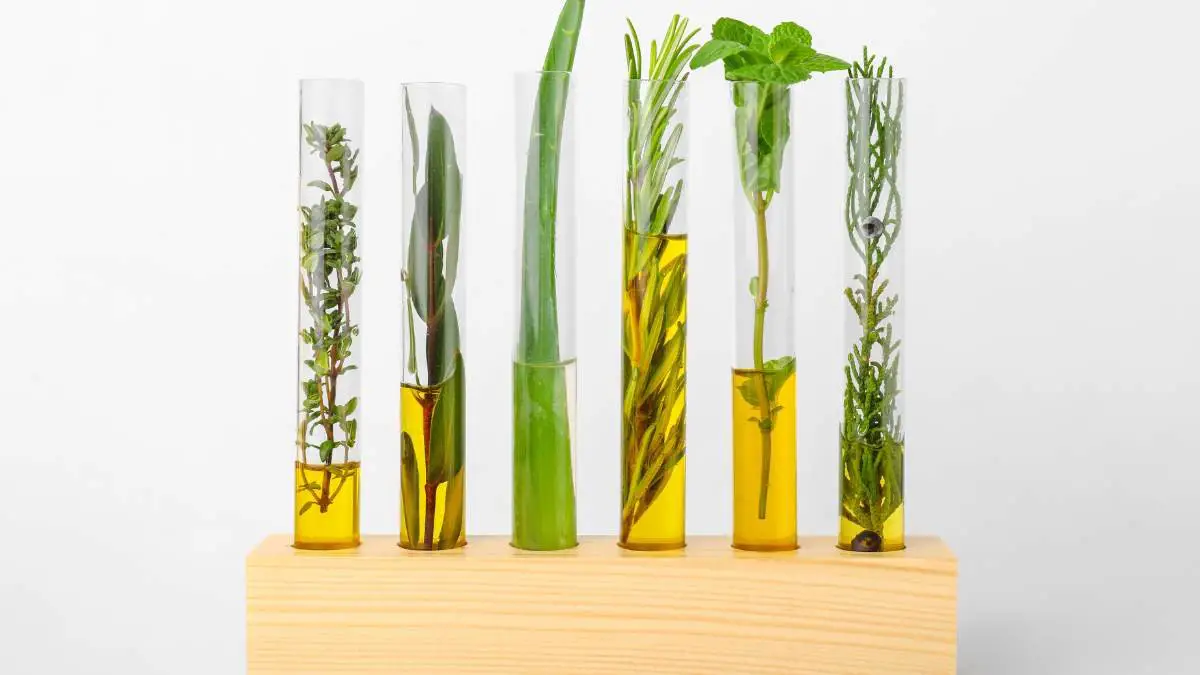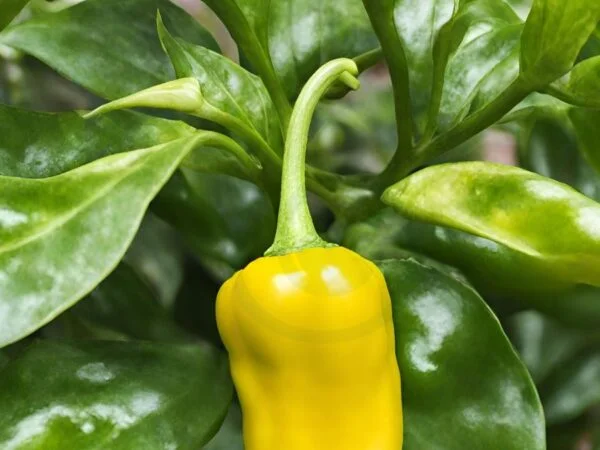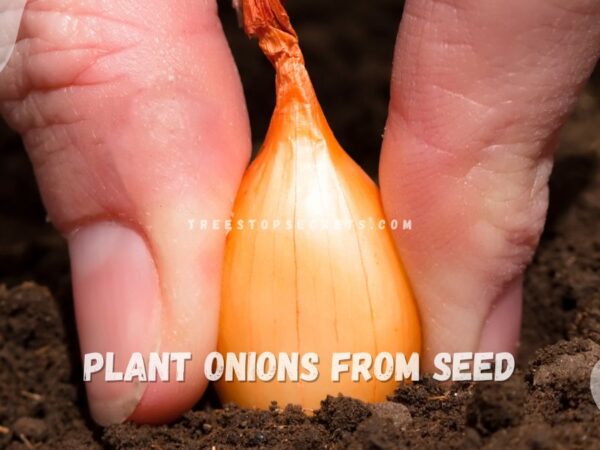
Discover the effortless way to propagate your favorite plants by using just water. Say goodbye to complicated soil mixtures and hello to a fuss-free method that yields fantastic results. Whether you're a seasoned gardener or just starting, propagating plants in water is a game-changer to grow roots. Watch as roots develop and new growth emerges, all without the mess of traditional planting methods.
Unlock the secret to successful plant propagation with this easy-to-follow guide that will help you snip stems and roots. Learn how to propagate various plant species in water and witness the magic of nature at work. Get ready to elevate your gardening skills and create an indoor oasis with lush leaves, thriving plants, roots—all from the comfort of your home.
Key Takeaways
- Understanding plant propagation: Learn the basics of plant propagation to successfully grow new plants from cuttings, leaves, or roots.
- Preparing for Propagation: Properly prepare your tools, containers, and water to create an ideal environment for plant propagation.
- The Propagation Process: Follow the step-by-step process of placing plant cuttings in water and monitoring root growth.
- Care During Propagation: Provide consistent care by changing water regularly, ensuring proper lighting, and maintaining optimal temperature.
- Advanced Tips: Experiment with hormone rooting powders or consider using a propagation station to enhance your success rate.
- Troubleshooting Common Issues: Address problems like rotting stems or lack of root development promptly to prevent propagation failures.
Understanding Plant Propagation
Importance of Nodes
Nodes are crucial for successful water propagation, as they are essential for root development. Identify nodes to ensure new plant growth.
Identifying Nodes
To achieve optimal cutting placement, it's vital to locate nodes and roots. Roots will emerge from nodes, making them essential for water propagation success.
Benefits of Water Propagation
Water propagation is a great choice for beginners due to its simplicity in developing roots. Monitoring root growth becomes easy, and faster root development is a significant advantage.
Preparing for Propagation
Choosing the Right Cuttings
Select healthy cuttings to ensure successful propagation. Opt for ones with multiple nodes as they tend to yield better results. Choose cuttings that have strong aerial roots if possible.
When preparing cuttings for propagation, it's crucial to cut below a node to encourage roots. This practice helps promote root growth and ensures that each cutting has at least two nodes. Cutting below a node is known to encourage faster rooting of the plant.
Cutting Below a Node
Angled cuts offer several benefits when propagating plants in water. Firstly, they help prevent waterlogging in the vessel, which can be detrimental to the cutting's development. Secondly, angled cuts expose more surface area for root development, facilitating quicker and healthier growth. Lastly, cutting at an angle aids in water absorption by the cutting.
The Propagation Process
Leaf Removal
When propagating plants in water, remove bottom leaves near the node to prevent rotting. Retain top leaves for photosynthesis to support growth. Prune excess leaves to direct energy towards root development.
Using Rooting Hormone
To expedite root growth, dip the stem in rooting hormone, a substance that aids in root formation. Rooting hormone is crucial for enhancing root development and increasing propagation success rates.
Inserting in Water
For successful water propagation, submerge the stem in water to encourage root growth. Place the cutting in a container with only the stem underwater. Ensure that the leaves remain above the water level to avoid rotting.
Care During Propagation
Changing Water Regularly
When propagating plants in water, changing water weekly is crucial to maintain optimal oxygen levels for the growing roots. This practice helps prevent stagnation, ensuring a healthy environment for root development. Fresh water replenishes essential nutrients required for the cutting to thrive.
Feeding Your Plants
Once roots start to emerge during propagation, it's time to start feeding nutrients to support the plant's growth. Nutrient supply plays a vital role in providing the necessary elements for healthy development and overall well-being of the plant. By feeding the plants appropriately, you promote robust growth and vitality.
Monitoring Root Growth
Regularly monitoring root growth progress is key to successful propagation. Keep a close eye on signs of root development, such as increased length and density. Observing root growth allows you to track the progress of your propagation efforts and make any necessary adjustments for optimal results.
Advanced Tips
Including Aerial Roots
Utilize aerial roots for additional support when propagating plants in water. These roots play a crucial role in water absorption, aiding in the overall health and growth of the plant. Leaving aerial roots intact during propagation can significantly improve the success rate of your propagation efforts.
Timing for Rooting
When propagating plants in water, it's essential to be patient as rooting times can vary significantly. Depending on the plant species and environmental conditions, rooting may take anywhere from a few weeks to several months. Understanding the specific needs of each plant will help you determine the optimal timing for successful propagation.
Removing from Water
After observing root growth on your cuttings, it's time to carefully transition them from water to soil for continued growth. Once the roots are well-established, remove the cuttings from the water to prevent any rotting or damage to the newly formed roots. When transferring cuttings to soil, handle them gently to avoid disrupting the root system.
Troubleshooting Common Issues
No Root Development
If you notice lack of root development, inspect the cutting for any signs of rot or decay. Ensure the water is clean and clear to promote healthy root growth. Adjust the cutting's position to receive adequate light exposure.
To troubleshoot hindering root growth, change the water every few days to prevent stagnation and bacterial buildup. Trim any soft or mushy parts from the cutting to encourage new root growth. Consider using a rooting hormone to stimulate root development.
Address factors such as temperature and light that can impact root development. Maintain a consistent temperature range for optimal growth conditions. Ensure the cutting receives indirect sunlight to support photosynthesis and root formation.
Water Cloudiness
Promptly address issues with cloudy water by replacing it with fresh, clean water regularly. Cloudy water may indicate the presence of harmful bacteria that can impede root growth. Use filtered or distilled water to prevent contamination.
Cloudiness in the water can affect the health of cuttings by introducing pathogens that may harm the plant. Monitor the clarity of the water daily and take action if it becomes cloudy. Consider adding a small amount of activated charcoal to clear up cloudy water.
Leaf Yellowing
To prevent leaf yellowing, maintain proper care practices such as changing the water frequently and providing adequate light exposure. Yellowing leaves could indicate a lack of essential nutrients like nitrogen or iron. Adjust the nutrient balance in the water accordingly.
Yellowing leaves are often a sign of nutrient deficiencies within the plant, affecting its overall health and growth. Consider adding a balanced liquid fertilizer to provide necessary nutrients for optimal plant development. Trim any yellowed leaves to promote new growth.
Growing Plants Successfully
Post-Propagation Care
After propagating plants in water, transition them to soil gradually to ensure a successful shift. This process helps the plants adjust smoothly to their new environment. For instance, transferring a propagated baby plant from water to soil requires gentle handling.
Proper care post-water propagation is essential for the health of the newly propagated plants. It involves providing adequate nutrients and moisture to support their growth. Maintaining an optimal environment with suitable light conditions contributes significantly to their well-being.
To promote healthy plant growth after water propagation, it is crucial to maintain consistent care. This includes regular watering, monitoring for any signs of stress or disease, and ensuring that the plants receive proper nutrients from the soil.
Transplanting to Soil
When transplanting propagated plants from water to soil, it is important to gradually acclimate them to the new conditions. Sudden changes can shock the plants, affecting their growth and overall health. Therefore, a gradual transition ensures a smoother adjustment process.
Ensuring proper soil moisture levels post-transplantation is vital for the survival of the newly transplanted cuttings. Adequate moisture helps establish roots in the soil and supports their development. Monitoring and adjusting watering schedules accordingly are key factors in this process.
To avoid shocking the newly transplanted cuttings, it is crucial to handle them gently during the transplantation process. Gentle handling minimizes stress on the plants and allows them to adapt more effectively to their new growing medium.
Continuing Care Tips
Consistent watering is essential post-transplantation to maintain optimal moisture levels for plant growth. Proper hydration supports root development and overall plant health. Regularly checking soil moisture levels helps prevent under or over-watering.
Adequate light exposure and humidity levels are crucial factors in supporting healthy plant growth post-transplantation. Providing sufficient light ensures proper photosynthesis, while maintaining optimal humidity levels aids in preventing issues like wilting or dryness.
Regularly inspecting propagated plants for signs of stress or disease is important for early detection and treatment. Addressing any issues promptly can prevent further damage and promote overall plant well-being.
Summary
In understanding plant propagation, you've learned the essential steps from preparation to troubleshooting common issues. By following the propagation process and providing proper care, you're well-equipped to grow plants successfully. Remember the advanced tips shared to enhance your propagation skills further. Now, armed with this knowledge, you can confidently propagate plants in water and expand your green oasis effortlessly.
Take action today by applying these insights to propagate your favorite plants successfully in water. Share your newfound knowledge with fellow plant enthusiasts and continue to nurture your botanical passion. Your dedication will not only yield beautiful greenery but also deepen your connection with nature. Happy propagating!
Frequently Asked Questions
How can I successfully propagate plants in water?
To propagate plants in water successfully, follow these steps:
- Select healthy cuttings
- Place them in a container with clean water
- Change the water regularly
- Provide indirect light
- Monitor growth progress closely
Can I propagate any plant in water?
Not all plants can be propagated in water. Plants like pothos, spider plants, and philodendron are suitable for water propagation. Research your specific plant type to determine the best propagation method.
When should I transfer my propagated plant from water to soil?
Once roots have developed in the water and are about 1-2 inches long, it's time to transfer the plant to soil. This ensures a successful transition for the plant to continue growing healthily.
How often should I change the water when propagating plants?
Change the water every 2-3 days or when it starts looking cloudy. Fresh water helps prevent bacterial growth and keeps the plant cutting healthy during the propagation process.
What are common issues encountered during plant propagation in water?
Common issues include:
- Rotting stems due to overwatering
- Insufficient light causing slow growth
- Algae growth in the water To troubleshoot, adjust watering frequency, provide adequate light, and change the water more frequently.
Image Source: Paid image from CANVA





